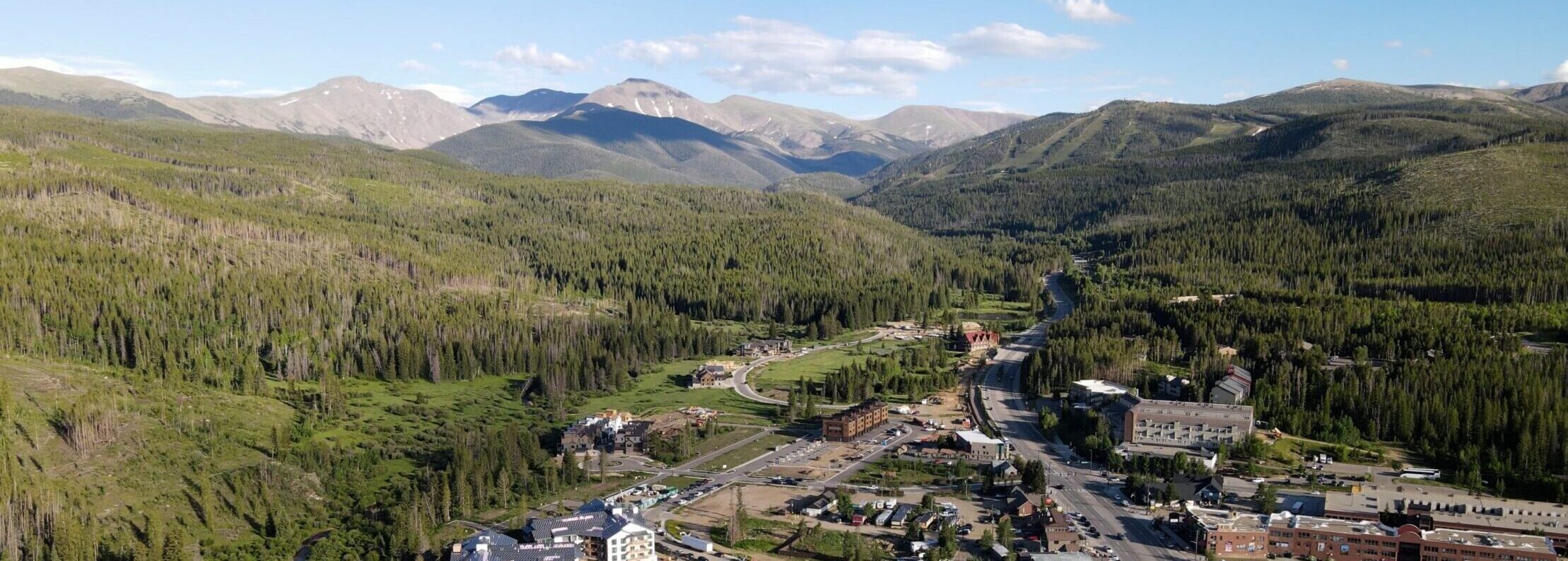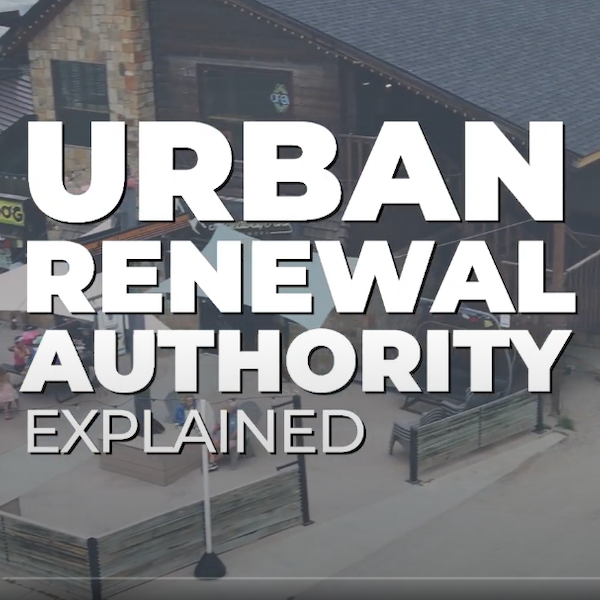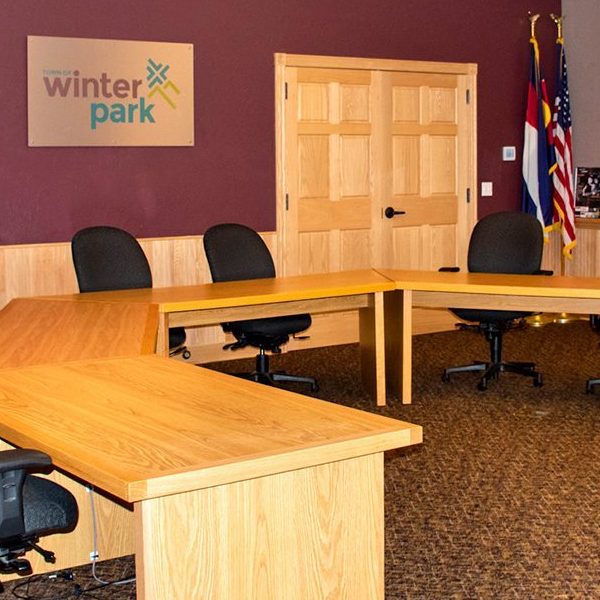
Urban Renewal Authority
The Town of Winter Park established a URA to support the Imagine Winter Park Unlocked projects and other public infrastructure investments throughout the community during the September 17, 2024, Council Meeting. Colorado communities often turn to the formation of Urban Renewal Authorities (URA) to help with revitalization efforts.
URAs are public or quasi-public entities established to revitalize specific areas, promote economic development, and improve community infrastructure. The town government can establish a URA after an evaluation demonstrates that an area meets the legal criteria for “blight.” Blight is simply a legal term that defines an area as prime for redevelopment.
Once a URA is formed, the funding generated by the URA is used to invest in public improvements that benefit the entire community and catalyze development in the area
About the Winter Park URA

The Winter Park URA serves as a catalyst for private investment by funding the infrastructure and public amenities needed to spark development and ensure development supports the community’s vision outlined in Imagine Winter Park (the Town’s comprehensive plan).

The URA is governed by a Board of Commissioners comprised of the seven Town Council Members, representatives from three underlying tax districts, and an additional member appointed by the Mayor.
URA Frequently Asked Questions
An Urban Renewal Authority (URA) is a public entity established by a city or county in Colorado to address and revitalize specific areas within a community. URAs use various tools and resources to promote redevelopment, economic development, and improve the overall quality of life in these areas.

